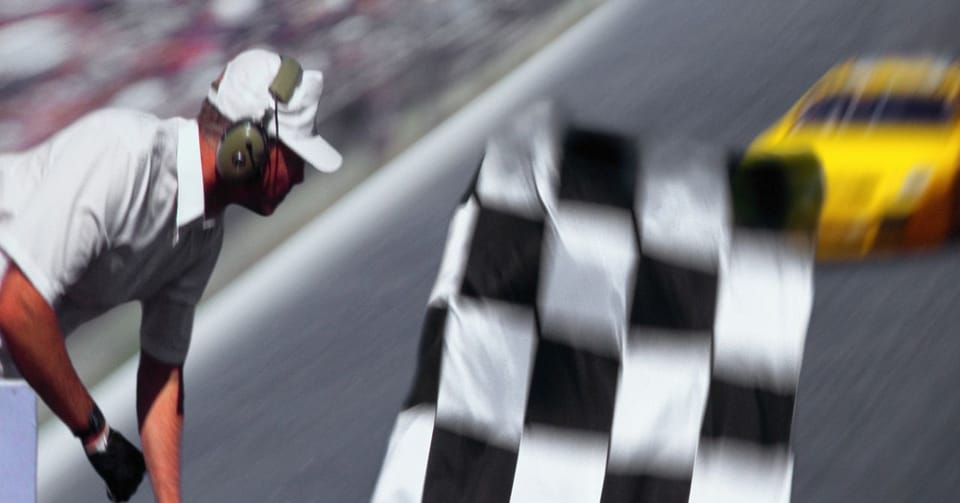F1发布“幽灵赛车”功能,科技驱动赛事转播革新

Formula 1 (F1) has developed an in-house ghost car feature for its broadcast, aiming to enhance viewer experience by overlaying a virtual car onto live footage. This system addresses limitations of GPS accuracy in urban circuits like Monaco and Singapore, where infrastructure causes signal drift. F1 built prediction models using past GPS data and lidar scans, integrated into an application that synchronized video feeds and identified discrepancies. Manual correction trained these models to spot and rectify anomalies. The ghost car feature, launched for the 2025 season, includes in-car and overhead views, particularly useful for qualifying laps. However, it cannot yet be shown on live broadcasts due to a 90-minute manual fine-tuning process required for accuracy, with a target of 30 minutes.
IndyCar, in contrast, has implemented a fully live ghost car animation using SMT's vector box technology for its broadcasts, allowing centimeter-accurate overlays on real driver cameras. This technology, pioneered by SMT in NASCAR, has proven highly valuable for tactical analysis and performance comparisons among teams. NASCAR teams utilize SMT's Team Analytics application, which provides access to detailed car data and allows multiple ghost car overlays for comparing driving lines and speeds. This granular data has become central to pit stall operations for crew chiefs seeking competitive advantages. It is anticipated that similar data-driven features and ghost car applications will increasingly be adopted by F1 and IndyCar teams to gain performance improvements.
网友讨论